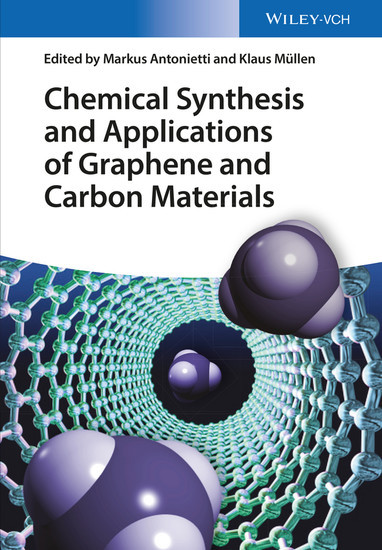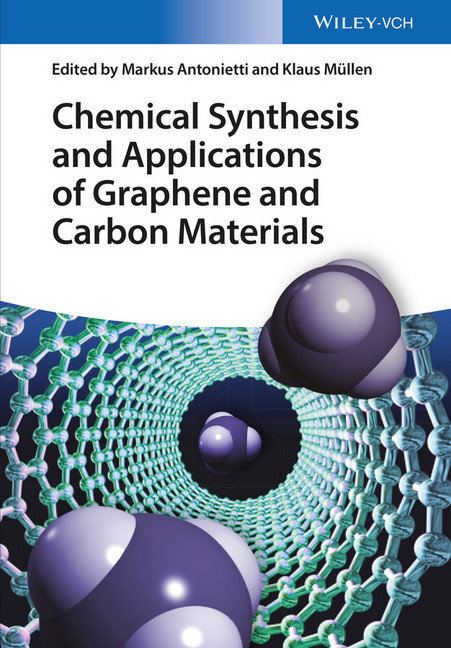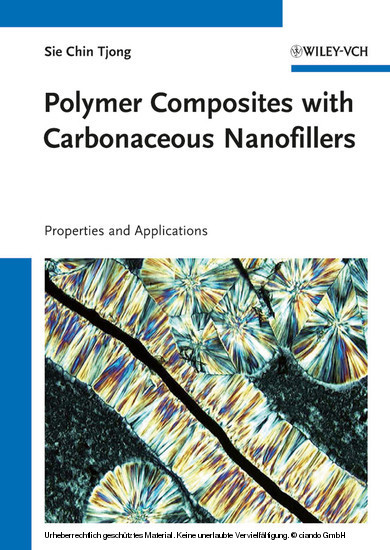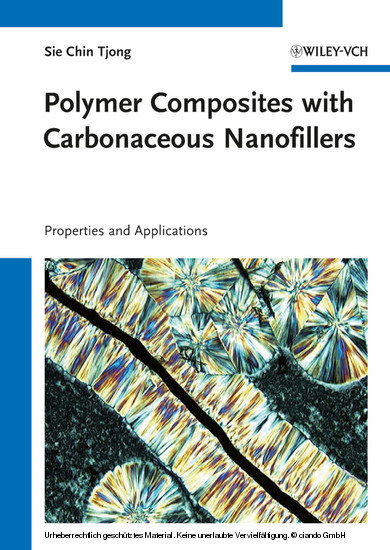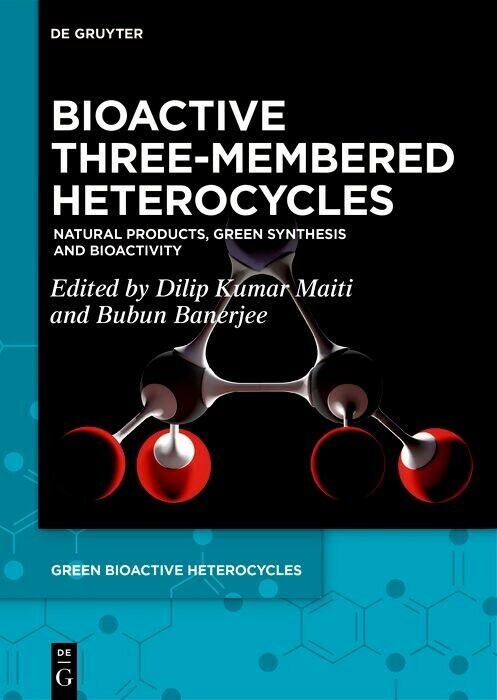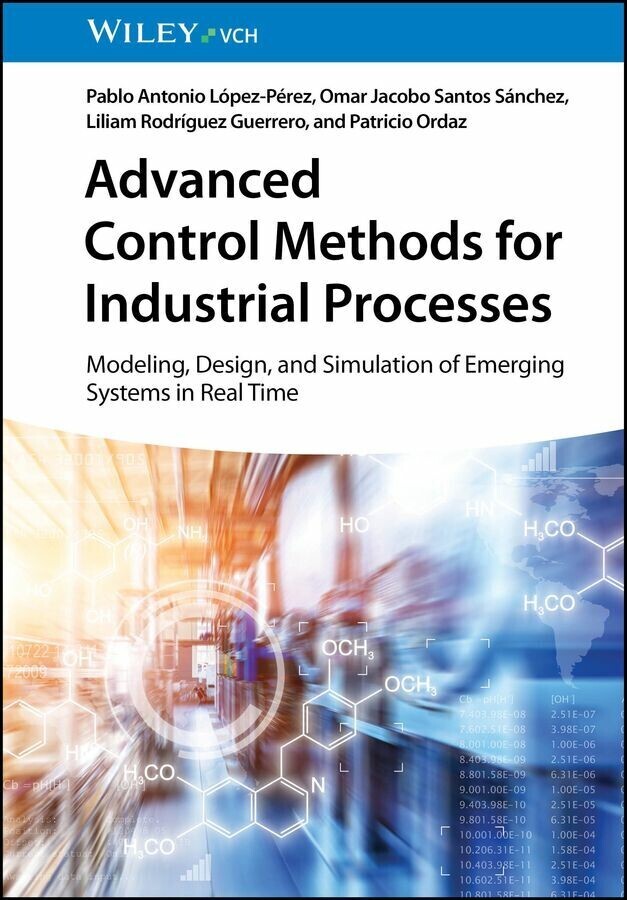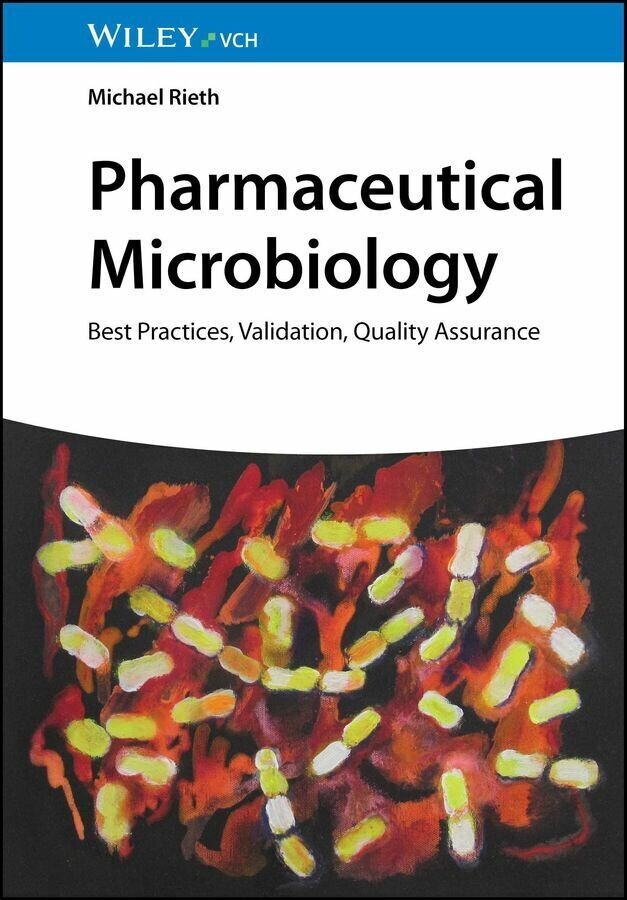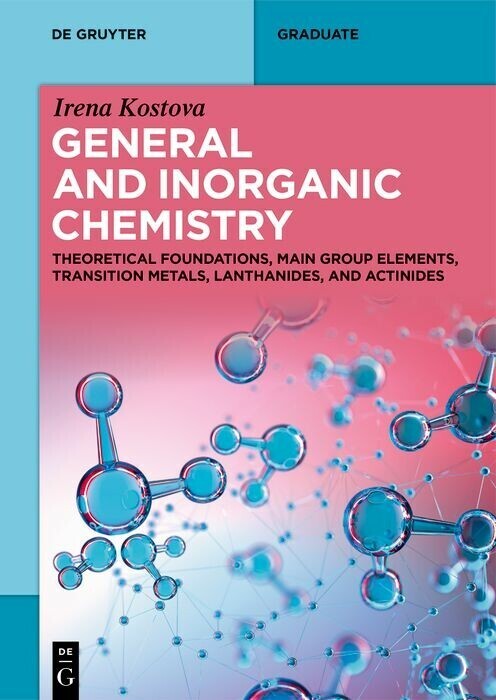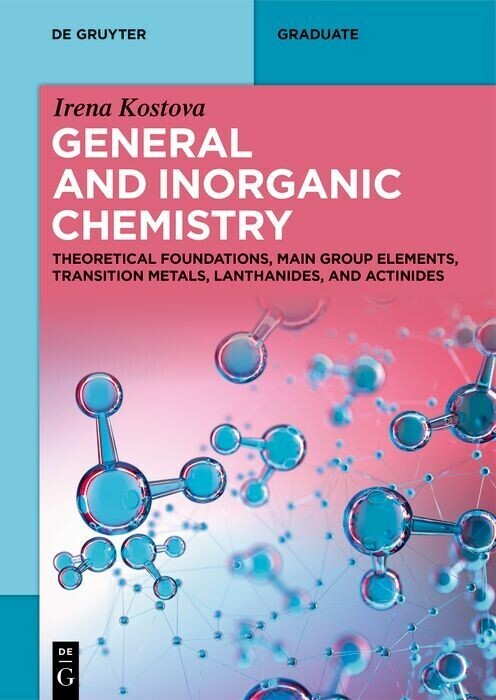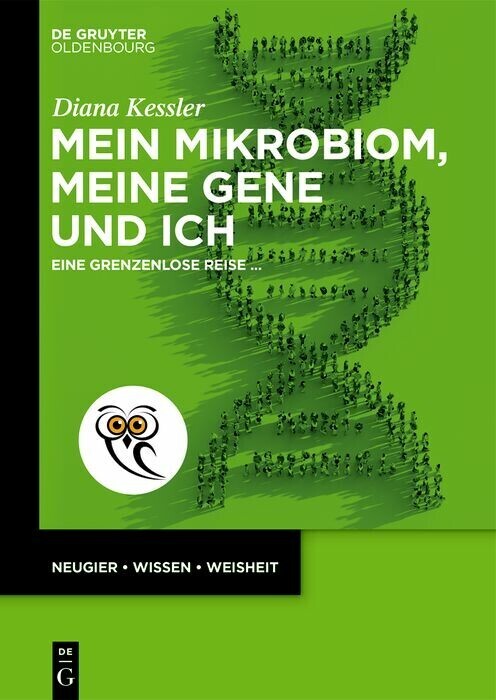Chemical Synthesis and Applications of Graphene and Carbon Materials
This ready reference and handbook is unique in its focus on synthesis and the application of graphene and other carbon materials with an emphasis on chemistry aspects. To this extent, it deals with top-down and bottom-up approaches across the different length scales for graphene from polycyclic aromatic hydrocarbons to graphene nanoribbons and graphene sheets, as well as carbon materials from quantum dots, nanostructured particles, and fibers, right up to tubes, bulk structures, and much more besides. In so doing, it presents the best synthetic methods: pyrolysis, chemical vapor deposition, templating and surface-mediated synthesis, self-assembly, surface-grafting and modification.
Edited by two excellent, experienced and highly renowned editors, both of whom are directors of Max Planck Institutes.
Markus Antonietti has been Director of the Colloid Chemistry department at the Max Planck Institute of Colloids and Interfaces in Potsdam-Golm since 1993. He has co-authored about 650 papers in an interdisciplinary fashion, covering polymer science, colloid science, material chemistry, nanoscience, and physical chemistry. His broad work covers energy materials, sustainability issues, and artificial photosynthesis and is well taken by the science market (H-index 126). Besides being devoted to chemistry, he loves to do new edible preparations in the kitchen and is an active member of a Rock'n' Roll band.
Edited by two excellent, experienced and highly renowned editors, both of whom are directors of Max Planck Institutes.
Markus Antonietti has been Director of the Colloid Chemistry department at the Max Planck Institute of Colloids and Interfaces in Potsdam-Golm since 1993. He has co-authored about 650 papers in an interdisciplinary fashion, covering polymer science, colloid science, material chemistry, nanoscience, and physical chemistry. His broad work covers energy materials, sustainability issues, and artificial photosynthesis and is well taken by the science market (H-index 126). Besides being devoted to chemistry, he loves to do new edible preparations in the kitchen and is an active member of a Rock'n' Roll band.
Klaus Müllen joined the Max Planck Society in 1989 as one of the directors of the Max Planck Institute for Polymer Research. His broad research interests range from the development of new polymer-forming reactions to the chemistry of graphenes, dendrimers and biosynthetic hybrids. His work encompasses the formation of multi-dimensional polymers with complex shape-persistent architectures, nanocomposites, and molecular materials with liquid crystalline properties for electronic and optoelectronic devices. He owns about 60 patents and has published more than 1700 papers.
1;Cover;1 2;Title Page;5 3;Copyright;6 4;Contents;7 5;List of Contributors;13 6;Chapter 1 Block Copolymer Templating as a Path to Porous Nanostructured Carbons with Highly Accessible Nitrogens for Enhanced (Electro)chemical Performance1;19 6.1;1.1 Introduction;19 6.2;1.2 Electronic Properties of Graphene Edges;20 6.3;1.3 Edge Functionalization of Graphene;21 6.3.1;1.3.1 Post-Pyrolysis Nitrogen Doping;21 6.3.2;1.3.2 Pyrolysis of Nitrogen-Containing Precursors;21 6.4;1.4 Block Copolymer Templating as a Path to High Surface Area N-Doped Carbons with Accessible Nitrogen-Containing Graphitic Edges;23 6.5;1.5 Evidence of Enhanced Electrochemical Performance of Nitrogen-Rich Copolymer-Templated Mesoporous Carbons;26 6.5.1;1.5.1 Supercapacitors;26 6.5.2;1.5.2 Metal-Free Oxygen Reduction Reaction;29 6.6;1.6 CTNCs as CO2 Sorbents;30 6.7;1.7 Conclusions;31 6.8;Acknowledgments;31 6.9;References;31 7;Chapter 2 Functional Carbon Materials from Ionic Liquid Precursors1;39 7.1;2.1 Introduction;39 7.2;2.2 Ionic Liquids as Carbon Precursors;40 7.3;2.3 N-Doped Carbon Materials;41 7.4;2.4 From Ionic Liquids to Carbon Materials - Structural Development during Carbonization;43 7.5;2.5 N-Doped Carbon Materials from Ionic Liquid Precursors;44 7.6;2.6 Processing, Shaping, and Functionalization;48 7.7;2.7 Deep Eutectic Solvents - Supramolecular ILs for Carbon Materials;50 7.8;2.8 Applications of IL Derived Carbons;52 7.9;2.9 Conclusion;54 7.10;References;55 8;Chapter 3 Functionalization of Graphene Oxide by Two-Step Alkylation1;61 8.1;3.1 Introduction;61 8.2;3.2 Results and Discussion;61 8.3;3.3 Conclusion;67 8.4;Acknowledgments;67 8.5;Supporting Information;68 8.5.1;Experimental Section;68 8.5.1.1;Materials and Methods;68 8.5.1.2;Functionalization of GO;68 8.5.1.3;Electrical Conductivity Characterization;68 8.6;References;69 9;Chapter 4 Toward Rationally Designed Graphene-Based Materials and Devices1;71 9.1;4.1 Introduction;71 9.2;4.2 Graphene Synthesis;72 9.3;4.3 Structure-Property Relationships;73 9.4;4.4 Graphene Separation;75 9.5;4.5 Graphene-Based Catalysis;77 9.6;4.6 Graphene Functionalization and Templating;79 9.7;4.7 Conclusion;80 9.8;Acknowledgments;82 9.9;References;82 10;Chapter 5 Supramolecular Synthesis of Graphenic Mesogenic Materials1;87 10.1;5.1 Introduction;87 10.2;5.2 Liquid Crystal Precursors and Phases;89 10.2.1;5.2.1 Thermotropic Discotic Liquid Crystals;89 10.2.2;5.2.2 Lyotropic Chromonic Liquid Crystals;91 10.3;5.3 Methods for Directing Assembly;92 10.4;5.4 Graphenic Mesogenic Materials and their Applications;95 10.5;5.5 Comparison of Thermotropic and Lyotropic Assembly Routes;98 10.6;5.6 Outlook;99 10.7;Acknowledgments;100 10.8;References;100 11;Chapter 6 Synthesis and Characterization of Hexahapto-Chromium Complexes of Single-Walled Carbon Nanotubes;105 11.1;6.1 Introduction;105 11.2;6.2 Experimental Section;107 11.2.1;6.2.1 Synthesis of (??????6-SWNT)Cr(CO)3 Complex (3a);107 11.2.2;6.2.2 Synthesis of [??????6-SWNT-CONH(CH2)17CH3]Cr(CO)3 Complex (4a);108 11.2.3;6.2.3 Synthesis of (??????6-SWNT)Cr(??????6-C6H6) Complex (5a);108 11.2.4;6.2.4 Synthesis of [??????6-SWNT-CONH(CH2)17CH3]Cr(n6-C6H6) Complex (6a);108 11.2.5;6.2.5 Decomplexation Reactions;108 11.2.6;6.2.6 High Vacuum Conductivity Studies of SWNT Thin Films by Electron Beam Metal Evaporation;109 11.3;6.3 Results and Discussion;109 11.3.1;6.3.1 Synthesis and Bonding in the SWNT-Cr Complexes;109 11.3.2;6.3.2 Thermogravimetric Analysis (TGA) and Chromium Stoichiometry;113 11.3.3;6.3.3 Transmission Electron Microscopy (TEM);116 11.3.4;6.3.4 Mid-Infrared Spectroscopy (IR);119 11.3.5;6.3.5 X-Ray Photoelectron Spectroscopy (XPS);119 11.4;6.4 Raman Spectroscopy;120 11.4.1;6.4.1 Ultraviolet-Visible-Near-Infrared-Far-Infrared Spectroscopy (UV-Vis-NIR-FIR);121 11.4.2;6.4.2 High Vacuum Conductivity Studies of SWNT Thin Films by Electron Beam Metal Evaporation;125 11.5;6.5 Conclusions;128 11.6;Acknowledgments;128 11.7;References;128 12;Chapter 7 Chemical Synthesis of Carbon Material
Antonietti, Markus
Müllen, Klaus
| ISBN | 9783527648191 |
|---|---|
| Artikelnummer | 9783527648191 |
| Medientyp | E-Book - PDF |
| Copyrightjahr | 2016 |
| Verlag | Wiley-VCH |
| Umfang | 272 Seiten |
| Sprache | Englisch |
| Kopierschutz | Adobe DRM |

